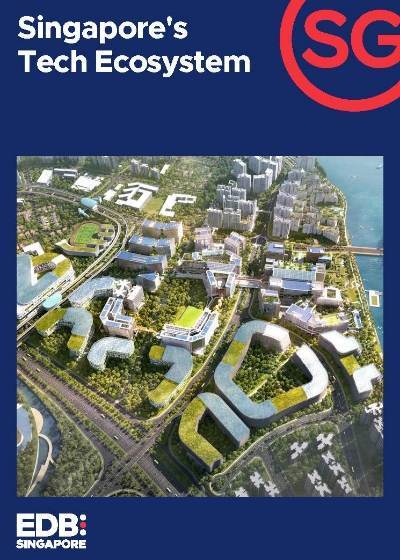To help businesses disclose and communicate their intangibles, the Accounting and Corporate Regulatory Authority (ACRA) and the Intellectual Property Office of Singapore (IPOS) have proposed an Intangibles Disclosure Framework ("Framework"). ACRA and IPOS recently concluded a public consultation exercise (from 14 December 2022 to 28 March 2023) on the proposed Framework. While ACRA and IPOS have not indicated when the Framework will be launched, they have stated that they will consider all comments received through the public consultation. We expect that the finalised version of the Framework, as and when released, will consider feedback received from interested persons.
Key Features of the Proposed Framework
The Framework will help businesses by enabling them to communicate the value of their intangibles, which will improve market transparency so that stakeholders can have standardised information about a company’s intangibles. This will also serve to enhance information transparency and facilitate the commercialisation of intangibles.
The key principles in the Framework are built on four pillars: Strategy, Identification, Measurement, and Management.
Strategy – This pillar guides the disclosure of how intangibles are used in business operations, strategy, and financial planning. This aids businesses in disclosing and communicating how intangibles play a part in their corporate strategy and the track record and progress towards exploiting intangibles.
Businesses may show how they use their intangibles to create value for their investors by addressing questions like:
- How does IP form part of the business deliverables (e.g. content production, IP-protected goods)?
- How are such goods and services delivered?
- What research and development has the business put into creating IP (e.g. product and brand development, development of software and technology such as platforms and algorithms)?
- How does this contribute to competitive advantage in the relevant market?
Identification – These principles recommend how businesses should assess the nature and characteristics of their intangibles, and to categorise them into the appropriate standardised categories. These include:
- Marketing-related (e.g. trademarks, internet domain names, trade dress)
- Customer-related (e.g. customer lists, contracts and relationships)
- Artistic-related (e.g. images, video and audiovisual material, literary works)
- Contract-related (e.g. licensing and royalties, franchise, operating and broadcast rights)
- Technology-related (e.g. proprietary technology, computer software and mask works, databases, trade secrets)
- Human capital-related (e.g. software engineers' skill in developing a program, management competencies)
Measurement – This guides the disclosure of the performance metrics and drivers used to assess an enterprise's intangibles. Businesses should disclose the Key Performance Indicators (KPI) used to assess and analyse the financial health and performance of the intangibles. The specific KPIs would depend on the categorisation of the intangible. For example, for technology-related intangibles, the KPI would include the investment cost in research and development, and KPI formula would include the ratio between total research and development costs and total project costs.
The disclosure of the monetary value of intangibles is optional.
Management – The Framework guides the disclosure of how an enterprise identifies, assesses, and manages the risks and opportunities of its intangibles. This helps provide stakeholders with a better understanding of an enterprise's overall risk and opportunity profile.
For example, businesses should describe the processes they have in place for managing intangibles-related risks, such as the risk of IP infringement, or the potential liability that may arise from the software failure or cybersecurity breach.
Why the Framework Matters
Southeast Asia is a region with great potential for the development and commercial exploitation of intangible assets, given the rising demand for digital products and services. The economic centre of gravity is shifting towards Asia, and Southeast Asia in particular has drawn much business attention for its swiftly growing economies. The region has seen the launch of numerous unicorns, and the internet economy is expected to reach US$1 trillion by 2030.
The Framework is an initiative under the Singapore IP Strategy 2030 (SIPS 2030), a 10-year blueprint to strengthen Singapore's position as a global intangible asset and intellectual property hub. One long-term goal of SIPS 2030 is to build a credible and trusted intangible asset valuation and reporting ecosystem to support enterprises in managing and commercialising their intangible assets. In this regard, the Framework solidifies Singapore's position as a frontrunner in the global community, as no jurisdiction has developed an intangible-specific disclosure or valuation framework.
As and when the Framework comes onstream, businesses with operations in the region or seeking to develop a regional presence can use it as a tool to value their intangibles and communicate this value to investors and stakeholders. This would allow businesses to capitalise on the increased certainty in valuation and investor confidence instilled by the increased market transparency. Innovative organisations can look forward to growing strength to strength from Singapore, building real value with every intangible asset produced.










